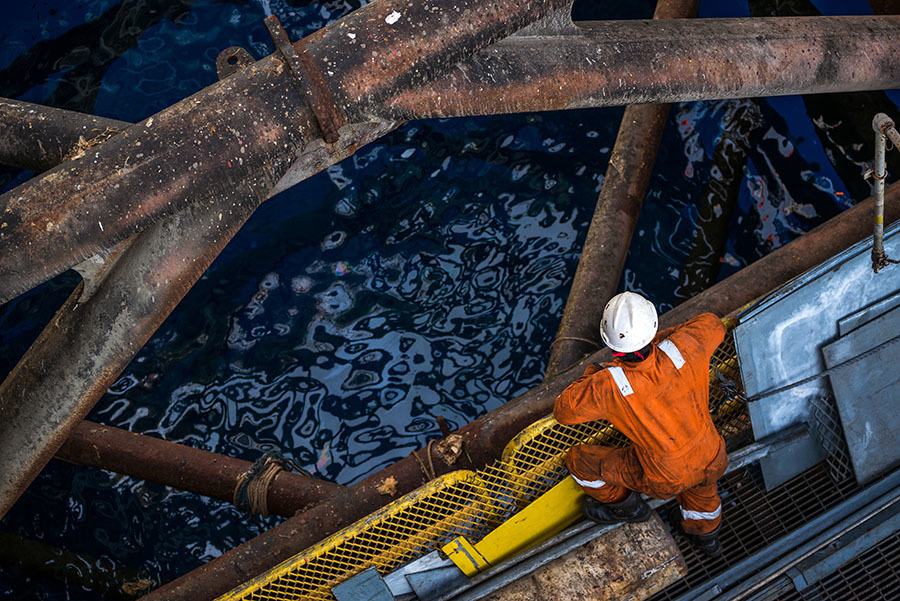Oil of the Russian brand Urals has risen in price to the highest level in more than seven years.
This was announced on Thursday, January 20, by the analytical agency Argus.
According to the organization, the day before, the cost of raw materials in the Mediterranean for the first time since October 2014 exceeded $90 per barrel.
Analysts attribute this to the growth of world quotations and high demand for Russian oil.
“Oil prices are supported by a revival of interest in energy resources in the face of limited supply,” the agency explained.
According to the forecast of the International Energy Agency (IEA), in 2022, global oil consumption may grow by 3.3 million barrels per day and return to the pre-crisis level of 99.7 million. At the same time, the global supply of hydrocarbons remains restrained due to the efforts of countries — members of the OPEC+ agreement.
Recall that the deal includes 23 oil-producing countries, including Russia.
As part of the partnership, the states jointly control the production of raw materials to achieve a balance between supply and demand in the global hydrocarbon market.
Such a policy should keep the price of oil from sharp collapses.
In addition, at the moment, oil quotes are supported by growing tensions in the Middle East.
Igor Galaktionov, an expert on the BCS World of Investments stock market, told RT about this.
On January 17, the Yemeni Houthis (members of the Shiite Ansar Allah movement) attacked UAE territory with the help of mined drones, and later threatened with new attacks.
In response, the Arab coalition led by Saudi Arabia announced the start of the bombing of the capital of Yemen.
“The unstable geopolitical situation in the region raises investors' fears about possible interruptions in the supply of raw materials, so traders seek to increase purchases.
As a result, the price of Brent oil and the Russian Urals oil is growing, since the indicators are interconnected, ”Galaktionov explained.
In addition, oil market participants are also reacting to the situation with the pandemic in the world.
Natalya Milchakova, deputy head of the Alpari information and analytical center, shared this opinion in an interview with RT.
“The new omicron strain of coronavirus is not yet having the same strong impact on the global economy as previous variants of COVID-19.
Market participants do not expect the introduction of new lockdowns, which serves as an additional factor in the growth of demand and oil prices,” Milchakova explained.
Fuel interest
The observed rise in the price of Russian oil may partly be due to the peculiarities of its composition, Artyom Deev, head of the analytical department at AMarkets, believes.
As the specialist explained, Urals is characterized by a high sulfur content, while Brent and American WTI are considered lighter grades.
“Our brand of oil is quite in demand in Europe, and is also popular with American refineries.
At one time, the United States bought oil with a high sulfur content from Venezuela.
However, after the imposition of sanctions against this state, the States had to increase the import of Russian raw materials for their refineries,” said Deev.
However, China remains the main buyer of Russian oil.
Alexander Osin, an analyst at the Department of Trading Operations on the Russian Stock Market at Freedom Finance IC, told RT about this.
According to him, today China accounts for about 18% of the total volume of energy supplies from Russia abroad.
According to the Main Customs Administration of China, in 2021, Beijing purchased about 79.65 million tons of oil from Moscow worth over $40.2 billion. As a result, Russia retained the status of one of the largest suppliers of raw materials to the Asian republic.
Gettyimages.ru
© Samig Mung-Aroon / EyeEm
As Alexander Osin suggested, given the high demand, the cost of Urals oil in 2022 could rise to $96 per barrel.
This state of affairs may have a positive impact on the budget of Russia, analysts are sure.
According to the Ministry of Finance, in 2021, the income of the Russian treasury exceeded the amount of expenses by about 500 billion rubles.
In part, such results were achieved precisely due to high energy prices, Igor Galaktionov believes.
It should be noted that for 2022 the base price of oil is set at $44.2 per barrel in the Russian budget.
As part of the budget rule, if commodity quotes fall below this mark, lost oil and gas revenues are compensated at the expense of the National Welfare Fund (NWF).
If the cost of raw materials on the market rises above this indicator, the excess profits, on the contrary, are sent to the National Welfare Fund.
“The price of Urals is important for the Russian budget, as it is taken into account when calculating export duties on oil and petroleum products, as well as the mineral extraction tax (MET).
According to our forecasts, oil and gas revenues may make up more than half of the revenue side of the treasury this year,” Galaktionov emphasized.
The steady growth of oil prices has a positive effect on the exchange rate of the Russian currency, Artyom Deev noted.
According to the analyst, maintaining quotes at a relatively high level partly alleviates the negative pressure of sanctions risks.
“Expensive oil provides some stability.
In the near future, if the geopolitical situation worsens and new anti-Russian restrictions appear, the national currency may weaken, but it is unlikely that the dollar and euro will exceed 79 and 88 rubles for a long time, ”concluded Deev.

